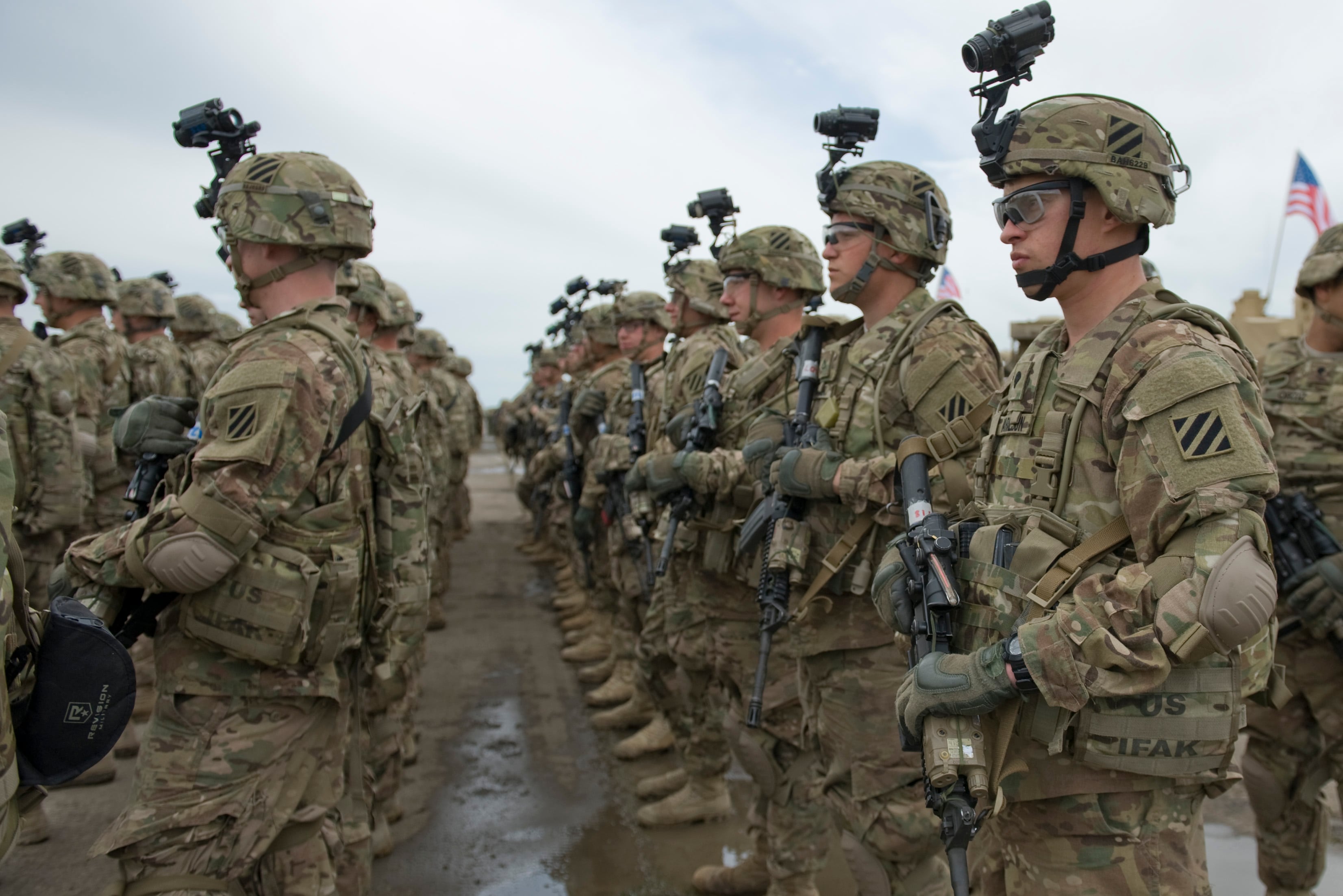Things were going reasonably well for a group of Special Forces soldiers looking to disrupt Taliban operations in a small Afghanistan village last year, until the team came upon a 20-foot-tall steel gate that no one had anticipated.
Surrounded on two more sides by 10-foot walls, the 59-man group -- 10 special operators from 2nd Battalion, 10th Special Forces Group, two U.S. support elements and a handful of Afghan soldiers -- found themselves in a harrowing firefight on Nov. 2.
"The spider senses were definitely tingling, being up there at that gate," Sgt. 1st Class Sean Morrison said in a Feb. 9 Army release.
For two hours the group held back the attack, dubbed the Battle of Boz Qandahari, killing 27 insurgents and three high-value Taliban commanders, the release said.
The attack took the lives of two Green Berets: Sgt. 1st Class Ryan Gloyer and Maj. Andrew Byers.
For his heroism, Byers was posthumously awarded the Silver Star on Feb. 1. Two of his surviving teammates, Sgt. 1st Class Brian Seidl and Staff Sgt. Andrew Russell, also received the Silver Star, the nation's third-highest award for valor.
'Into machine gun fire'
The team was dropped into a flooded field near the Boz Qandahari village in Kunduz province that night, where they slogged a mile in waist-deep mud to get to the village, which one soldier described as castle-like.
"Just steep, 100-foot-high cliffs on all sides of the village with only one entry way," Morrison said.
To get in, they had to climb the cliff face carved with switchback trails to the top.
Drones above let them know that enemy combatants were closing in on the group, but they pushed ahead, clearing two compounds uneventfully while collecting contraband and intelligence.
Because of bad weather in the forecast, they decided to skip to the fourth compound on the list, where they ran into the huge gate and found themselves surrounded by insurgents.
Gloyer, who had been at the gate with Seidl and Staff Sgt. Adam Valderrama, was mortally wounded by the first grenade blast. He managed to run back to the group, but didn't survive.
As enemy fire surrounded them, then-Capt. Byers did not hesitate.
"Byers sprinted past me," Seidl said. "He just ran straight into the smoke and the dust."
Seidl followed Byers into the kill zone to rescue a fallen Afghan soldier.
Meanwhile, Russell, a junior weapons sergeant, risked his own life to save a wounded warrant officer.
"I grabbed [Warrant Officer 1 Meade] by his plate carrier," he said, "dragged him back a few feet and tried to get in front of him, between what was basically a three-way kill zone. ... I thought I was dead."
And thanks to him, Meade made it, and is recovering from his injuries at Walter Reed National Military Medical Center in Bethesda, Maryland.
"He ran into machine gun fire to get me," said Meade, "Then, whenever he couldn't drag me any further, he laid down on top of me and protected me with his own body."
Seidl witnessed Russell's heroism as well.
"He's engaging [the enemy] in three different directions," Seidl said. "And all the while, he managed to get tourniquets on both of [Meade's] legs, saving his life."
Byers and Seidl worked together to set up a defensive area to care for the wounded, choosing one of the village's compounds. After throwing grenades inside to clear it, Byers tried to kick the gate open, but an object on the other side held it shut, so he reached through to move it.
"And that's when I watched the rounds rip through the gate and into [Byers]," Seidl remembered.
With Byers and Meade, the team and assistant team leaders, wounded, Seidl was left to call in MEDEVACs. A third of the group had been killed or injured, so it was up to him to hold on until a quick reaction force could get there.
It was past dawn by the time the exfiltration team showed up, forcing the operators to move the wounded 300 meters to a covered treeline for concealment, using a village donkey to carry Gloyer's body.
In addition to the three Silver Stars, the team earned three Bronze Stars (two with "V" device), four Army Commendation Medals with "V" device and six Purple Heart Medals.
"Some of the things that I saw of the men that night was some of the most courageous and amazing things I'd ever seen," Seidl said, "or could ever hope to see."
Meghann Myers is the Pentagon bureau chief at Military Times. She covers operations, policy, personnel, leadership and other issues affecting service members.
